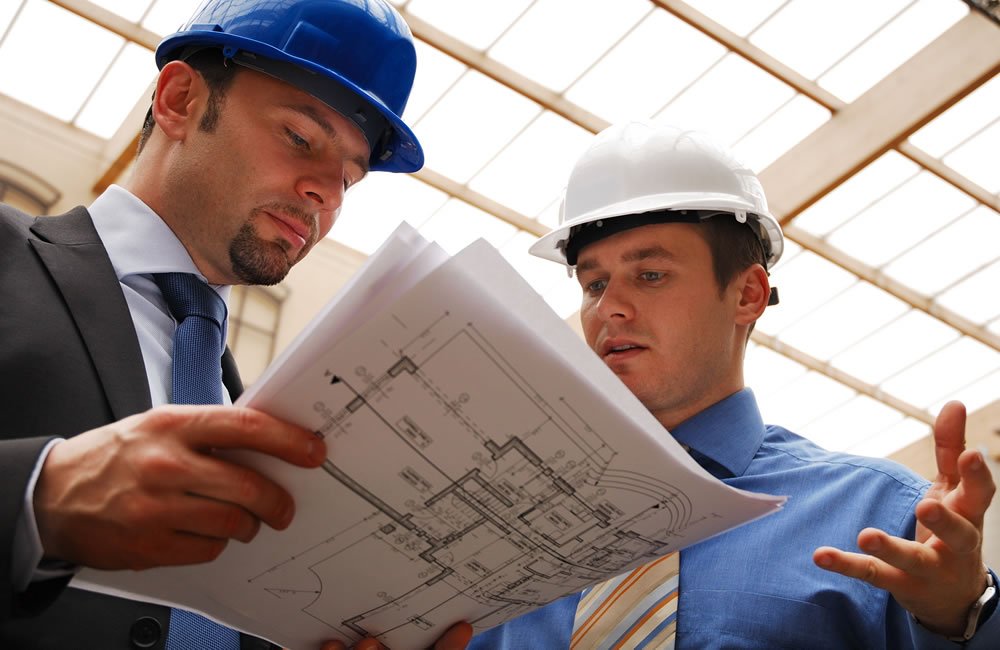Unveiling the Position of Property Developers in Shaping City Landscapes
Unveiling the Position of Property Developers in Shaping City Landscapes
Blog Article
In the ever-changing world of real development, property developers serve as major players in orchestrating the transformation of landscapes and cities across the globe. Their work goes beyond simple construction; it involves an intricate dance of investment, vision and implementation. They are the architects of modern cities. They shape not only structures but whole communities. Understanding their significance unveils the complex network of influence they have and the impact they have upon the surrounding environment.
In the midst of responsibility for property developers is identification and acquisition of suitable properties for development. In the initial stages, they must conduct a rigorous market analysis as well as feasibility studies, along with risk assessment to determine the sustainability and viability of the plan. Developers have to navigate the zoning laws along with environmental concerns, as well as legal complexities to secure the required approvals and permits. Their ability to spot the untapped opportunities in areas that are not being explored can lead to urban revitalization and economic growth.
Yet, navigating the complex world of development in real estate can be a daunting task. Changes in the market, obstacles to regulatory compliance and opposition from the community can knock even the most well planned plans off the track. In the event of economic turmoil, projects could be delayed and changing preferences for consumers demand continuous adaptation. Furthermore, developers have to strike a delicate balance between financial success and social accountability, battling to issues related to affordability sustainable, fair access to housing. Faced with these challenges, successful developers demonstrate the ability to adapt, innovate, and an unwavering commitment to their goals.
Moreover, the environmental impact of development projects cannot be overlooked. Property developers are being put under pressure to adopt sustainable practices to reduce carbon emissions and preserve natural spaces as well as improve energy efficiency. Design features that are sustainable, such as rainwater harvesting techniques, and LEED certification have become standard aspects in the modern development. In addition to complying with the regulations builders are now recognizing the advantages of long-term environmental friendly initiatives, including the reduction in costs, competitiveness on the market and a favorable public image. To generate further details please see my response
Within the field of commercial real estate, developers of property serve as catalysts to boost economic development and urban revitalization. Through investing in commercial property like office buildings, commercial centers and industrial parks they encourage employment, draw capital, and improve the overall vitality of urban areas. The strategic selection of locations, the infrastructure construction, as well as amenities are essential to maximize the benefits of commercial projects. Additionally the adaptive reuse of existing structures and brownfield sites is a way to revitalize neglected zones, encouraging innovation and creativity in urban planning.
Despite the inherent challenges and challenges, property developers remain vital catalysts for growth and growth in the real property sector. Their ability to anticipate how to execute, then adapt to the changing dynamics of markets creates innovation and resilience urban environments. Through embracing sustainable development practices as well as encouraging engagement with communities, and welcoming diversity, developers have a key function in shaping a more prosperous and inclusive future in the future generations.